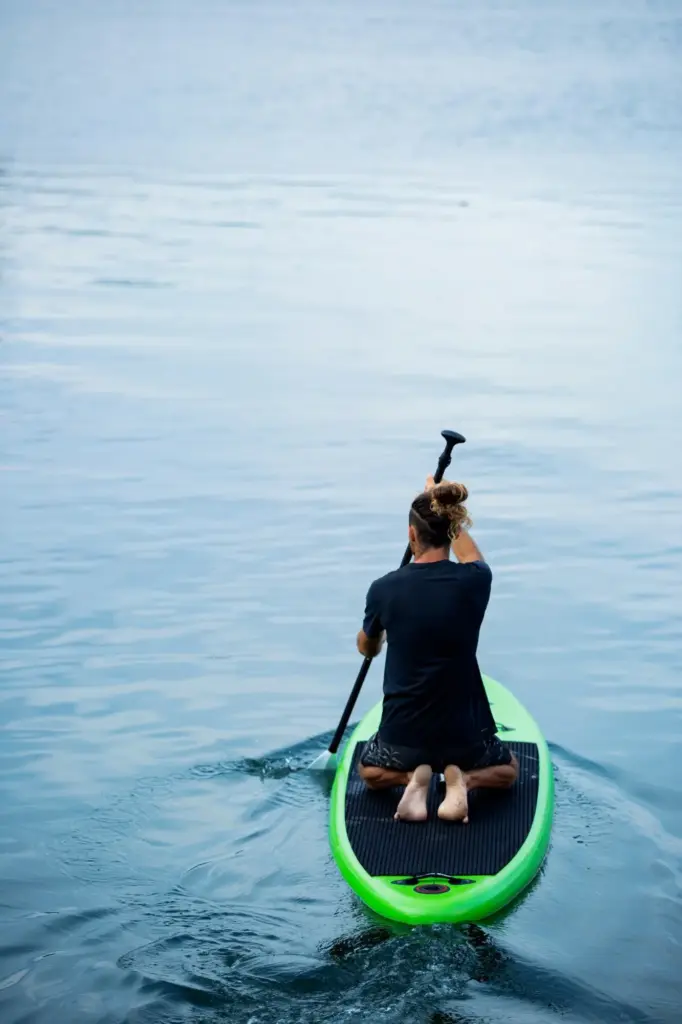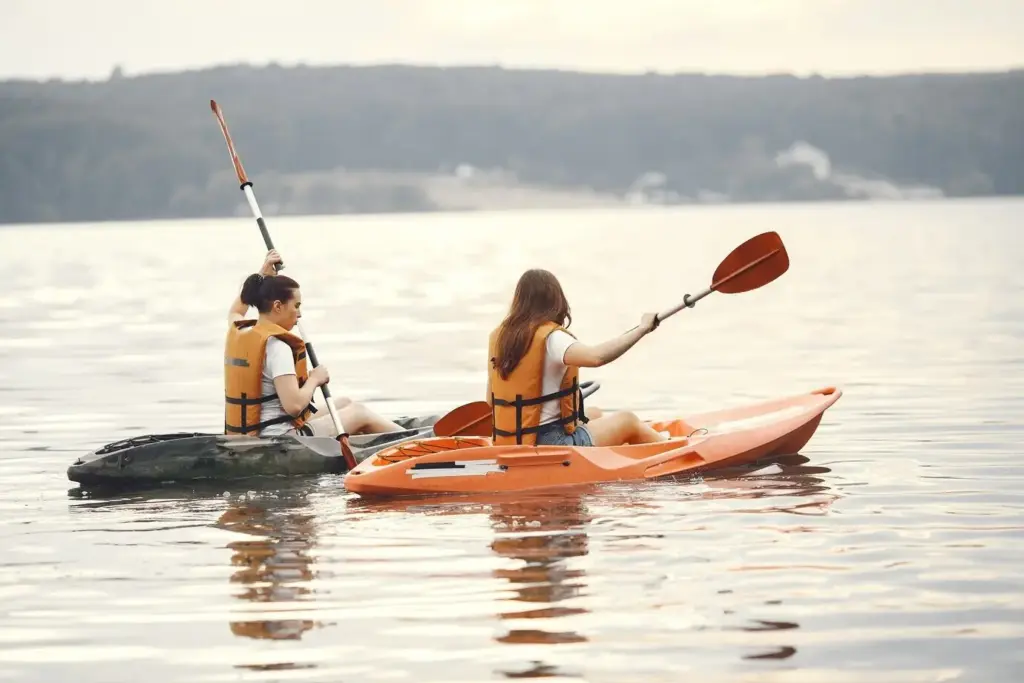Power Without Pain: Master Your Paddle Stroke
From Catch to Exit: The Stroke That Moves the Boat
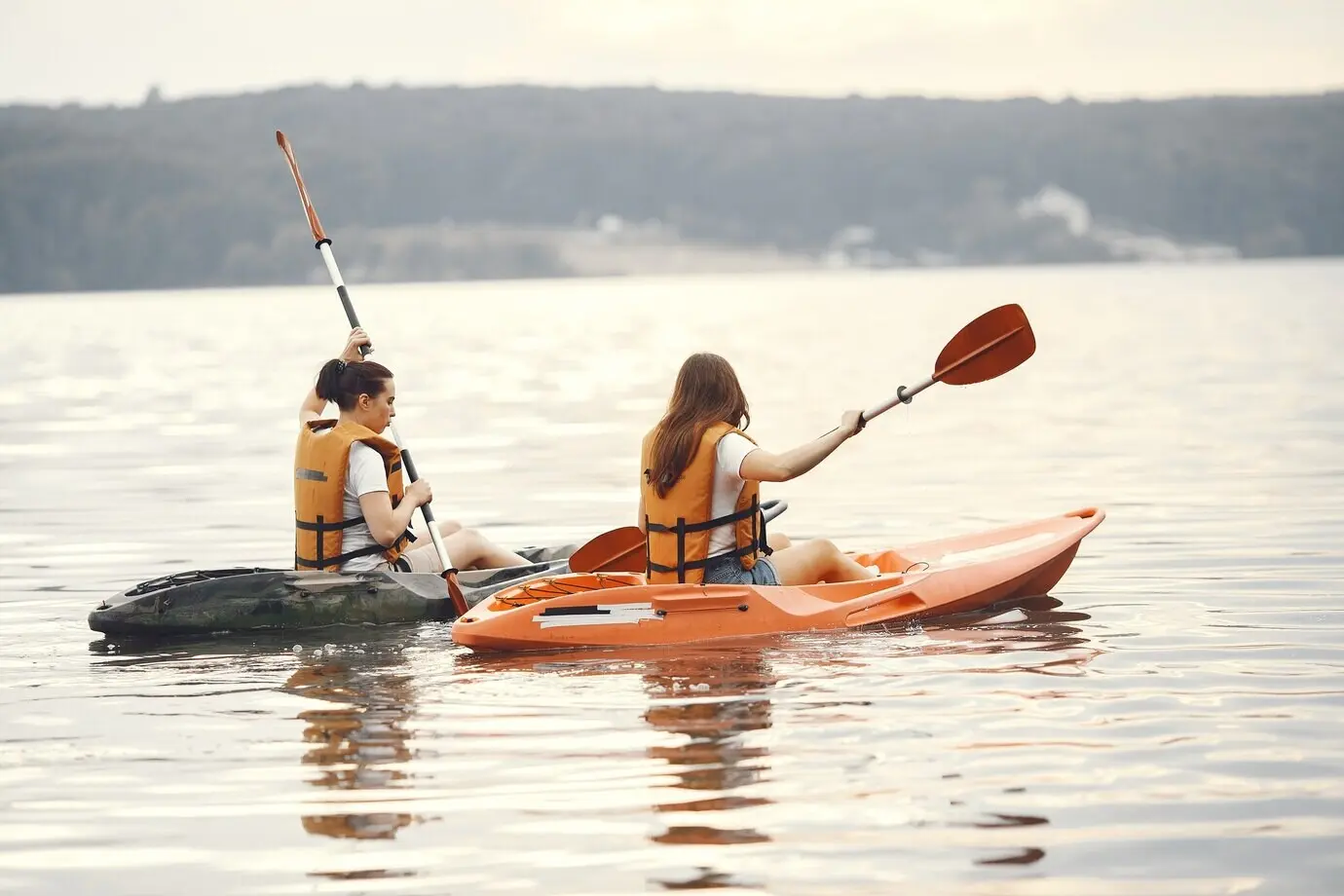
Posture, Rotation, and the Kinetic Chain
Neutral Spine and Stacked Shoulders
Keep your sternum lifted without flaring ribs, chin gently tucked, and ears over shoulders. Pack the shoulder by wrapping the scapula forward and down, giving the rotator cuff room. This position preserves space, resists impingement, and sets a stable platform for powerful rotation.
Hip Rotation and Foot Pressure
Push through the foot on the same side as the blade, allowing the hip to rotate toward the catch while the opposite hip clears back. Use the seat bones as rails. This coupling drives the craft forward while sparing smaller arm muscles from fatigue.
Breathing Rhythms that Support Power
Inhale lightly during recovery, exhale with the drive, letting the breath cue rotation. Match two strokes per breath for steady efforts, then go one-to-one in sprints. Calm breathing reduces bracing tension, freeing the ribs and spine to transmit force efficiently.
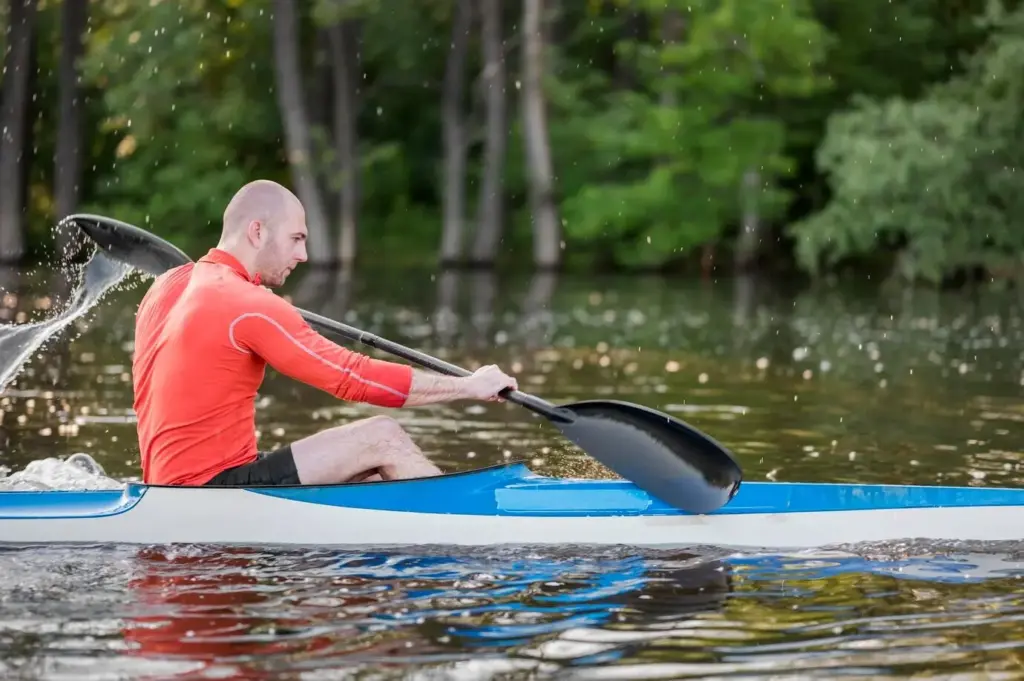
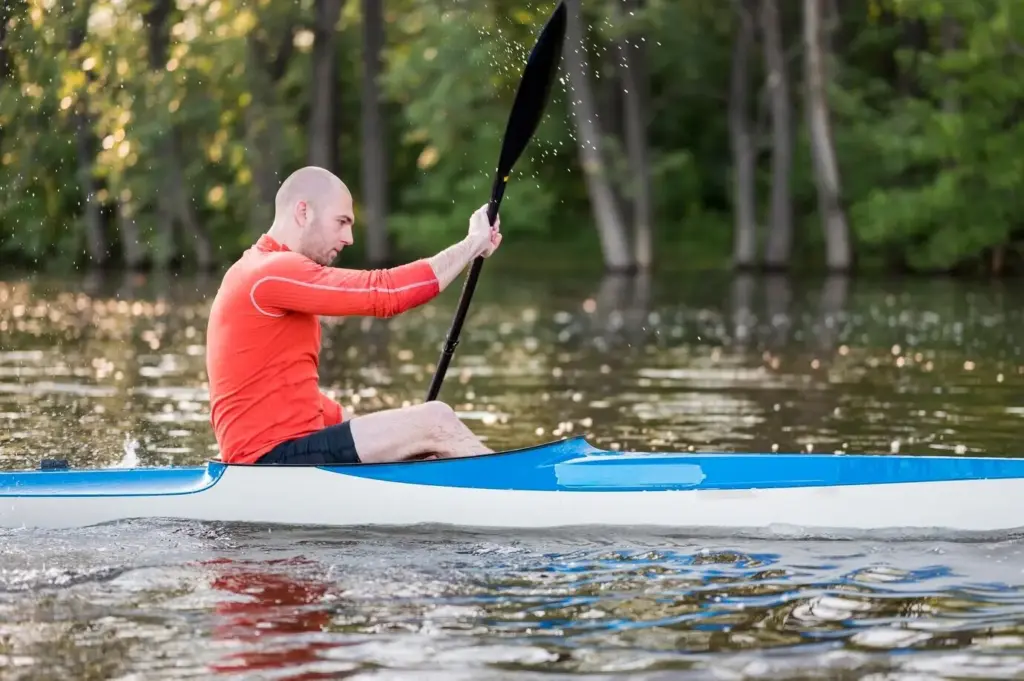
Injury Prevention That Actually Works
Fit, Setup, and Smart Gear Choices
Training Plans, Consistency, and Recovery
Warm-Up Routines that Switch On the Right Muscles
Intervals that Marry Speed with Skill
Recovery Habits that Keep You Paddling Tomorrow
All Rights Reserved.

